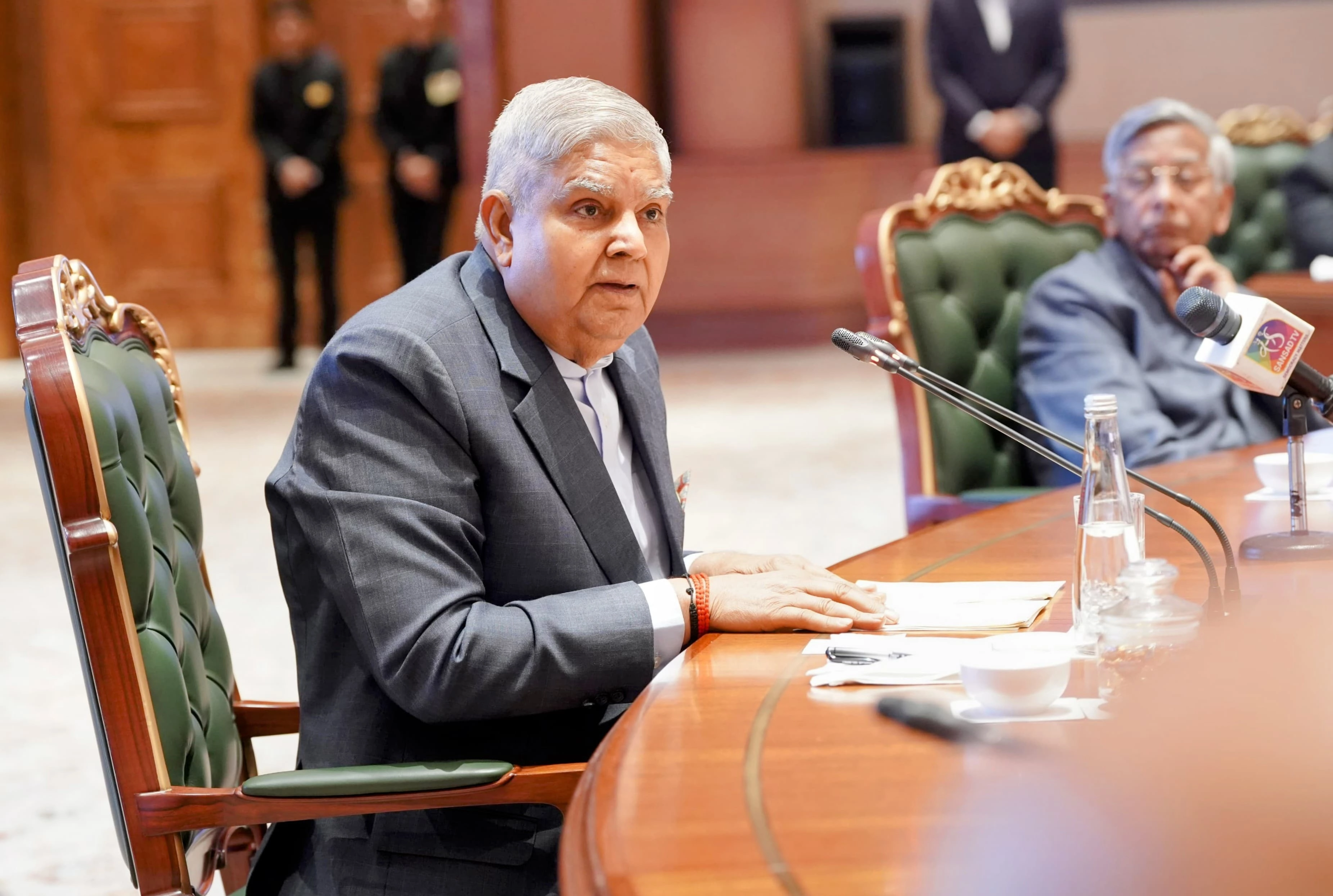The Dhankhar Conundrum: The Tide That Turned – And How
In the intricate landscape of political dynamics, the Dhankhar Conundrum stands out as a pivotal moment that reshaped the contours of governance and public sentiment. This phenomenon can be traced back to a series of events that highlighted the challenges faced by the administration, leading to a profound shift in political allegiance and public perception. The Dhankhar Conundrum, in essence, encapsulates the tension between traditional political structures and the emerging demands of a more engaged electorate. As leaders grappled with the complexities of governance, the conundrum served as both a challenge and an opportunity for redefining political engagement.
At the heart of this conundrum was the growing discontent among citizens regarding the efficacy of governance. As economic disparities widened and social issues became more pronounced, the public began to demand accountability and transparency from their leaders. The Dhankhar Conundrum emerged as a reflection of these sentiments, illustrating how the disconnect between the ruling class and the populace could lead to significant political repercussions. Political leaders were compelled to reassess their strategies and policies, recognizing that the traditional methods of governance were no longer sufficient to address the evolving needs of their constituents.
As political players navigated this turbulent landscape, the tide began to turn in favor of more responsive governance. The emergence of grassroots movements and civic engagement initiatives signified a shift towards a more participatory form of democracy. Citizens, empowered by their collective voice, began to influence policy decisions and hold leaders accountable. This transformation underscored the importance of adaptability in politics, as leaders recognized that success hinged on their ability to connect with the electorate and address their concerns. The Dhankhar Conundrum thus became a catalyst for change, prompting a reevaluation of political priorities and strategies.
In conclusion, the Dhankhar Conundrum serves as a vital case study in understanding the fluid dynamics of political engagement. It highlights the necessity for leaders to remain attuned to the voices of their constituents and adapt to the changing political landscape. As the tide turned in favor of a more inclusive and responsive governance model, the lessons learned from this conundrum continue to resonate, emphasizing the importance of accountability, transparency, and citizen participation in the democratic process. Ultimately, the Dhankhar Conundrum is a reminder that political landscapes are not static; they are shaped by the interplay of public sentiment, leadership, and the ever-evolving demands of society.




